Postman’s pictures deliver rare insight into lost way of life
Tantalising glimpses of a rural world that vanished with the advent of the motor car are to be displayed at a refurbished heritage hub.
Evocative pictures of north-east Fife spanning five decades – taken by a country postman with a passion for photography – will go on show at Cupar Library.
A selection of George Normand’s arresting images, dating from the late Victorian era, are being exhibited to mark the relaunch of the Institute’s local studies space.
Cupar-born Normand, whose extensive daily rounds provided endless inspiration, photographed all that he saw around him, including people, places, animals and events.
Normand started taking pictures in the 1890s when he was covering 18 miles a day on foot, delivering letters in Cupar and to neighbouring villages.
What distinguishes Normand’s photography from that of many of his contemporaries is its scope – not just its 50-year timespan, but the breadth of its subject matter.
Pictures of castles and churches, shops and streets – all of them traffic-free – sit side by side with scenes of the Fife countryside that seem otherworldly now, almost eerie at times.
Also captured on camera are fascinating insights into the working lives of farm labourers, fishermen and traders.
So too are landmark events such as the announcement at Cupar Cross of the Relief of Mafeking on 17 May 1900, and Cupar’s first military funeral of the 1914-18 war.
There are less formal moments as well – skaters and curlers on frozen ponds, Sunday school children on summer picnics and farmhands seeking work at Cupar’s biannual hiring fair.
Often an artist’s sensibility is at play. Piece Time at Larennie Farm with its corn stooks and white-capped farm girls is a Van Gogh landscape waiting to happen while the Crail fisherman mending creels evokes Vincent’s self-portrait with a black hat and pipe.
Normand also had an eye for the unusual – a circus elephant and rider on Cupar’s Crossgate, a bizarrely shaped egg and a turnip growing through a pair of scissors.
Portraits of people abound and not just the great and the good. There with the Provosts and Reverends, are two Cupar ‘worthies’ – Jimmy Dickie and ‘General’ Gordon – popping up time and again, sometimes with refreshments in hand, larking about with carefree abandon.
Such informality underlines one of Normand’s great strengths – a knack for putting his subjects at ease when most would have been unused to posing for the camera.
And underpinning it all is a sense that these are photographs taken so that they can be enjoyed by as wide an audience as possible.
For Normand not only took photographs but shared them with local people, using his Magic Lantern – bought for £22 15s in 1898 – to project his glass slides on to a linen screen.
Normand’s glass slides have now been preserved as digital images, making them accessible not just to the local community but to anyone with an interest in history and photography.
The collection of more than 200 images is in the care of the cultural charity OnFife, which runs the Duncan Institute – home to Cupar’s library. Normand’s photographs will be displayed at a local studies open day, to be held in the library on 18 January.
The Duncan Institute’s local studies room has recently been refurbished to make OnFife’s extensive collections more readily accessible. Included in the collections are photographs, books, newspapers, census records, valuation rolls and old parish registers.
George Normand’s passion for photography was matched by his dedication to work. Born in 1875, he left school, aged 14, to join the Post Office as a telegraph messenger.
He became a rural postman at 18, delivering first on foot and later by pony and trap, and then by bicycle. He started work at 6 am, did four deliveries a day, returning home at 9pm.
Normand battled through the great blizzards of 1916 when he was nearly overcome by snow and, during the floods of the following summer, he waded waist-deep to reach the Post Office at Pitscottie. On his arrival, the water was within half an inch of the counter top.
Both these extreme weather events are, unsurprisingly, caught on camera.
Normand joined the army in 1917 and served overseas in the Army Veterinary Corps, who liked to recruit men who had worked with horses.
He returned home in 1919 and was promoted to the position of supervising postman in Cupar. He remained in this job until his retiral in 1935, having completed 46 years’ service.
George died in his 102nd year, on 25 December 1976, Cupar’s oldest citizen.
OnFife’s Local Studies Supervisor Andrea McMillan says: “George Normand’s photographs offer us a rare glimpse into the lives of ordinary people over 50 years as they go about their daily business.
“As we look into the eyes of his subjects, we feel a deep connection to those who lived here more than 100 years ago.”
Dr Tom Normand (no relation), of the School of Art History at the University of St Andrews, is also an admirer of his namesake’s work.
“That acute sense of the local, and of celebrating the everyday, is surely a triumph of photography,” reflects Dr Normand. “George Normand seems to have recognised this and become something of a champion of the art.”
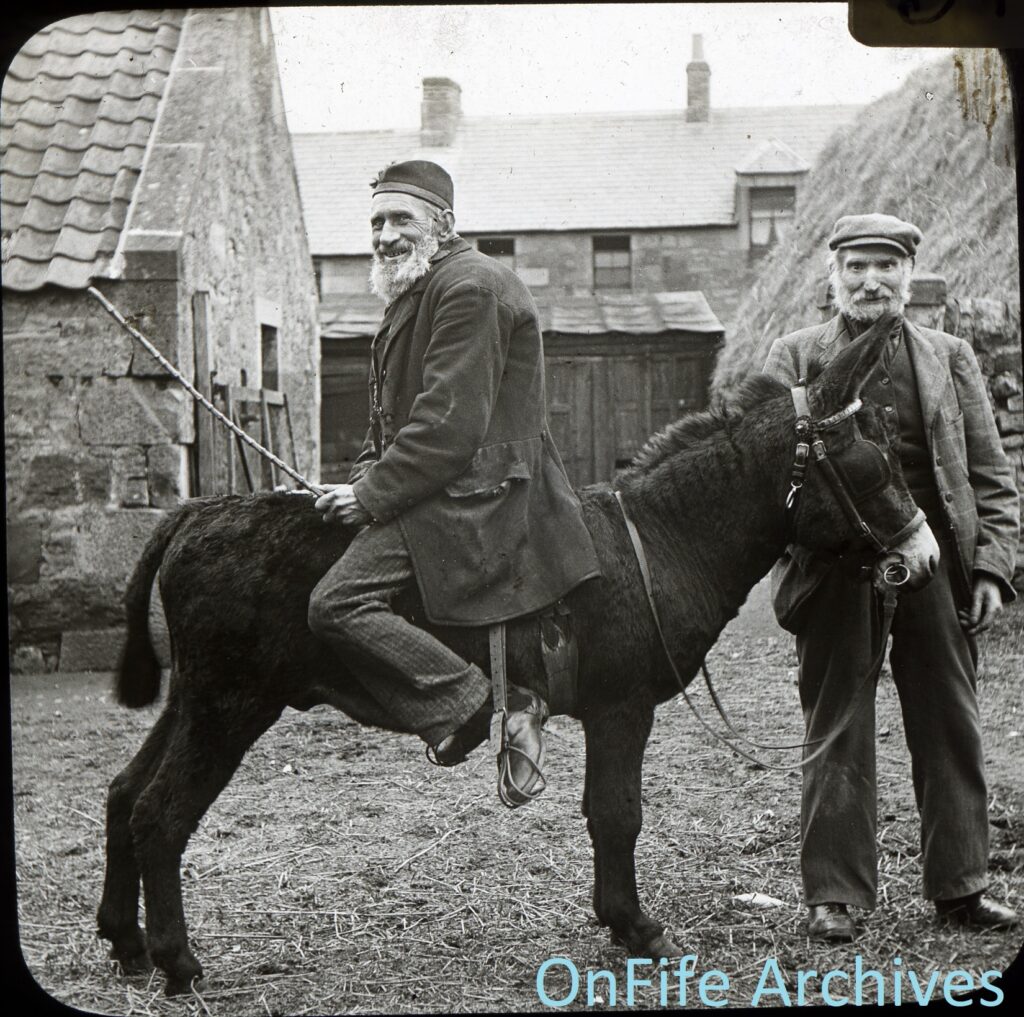
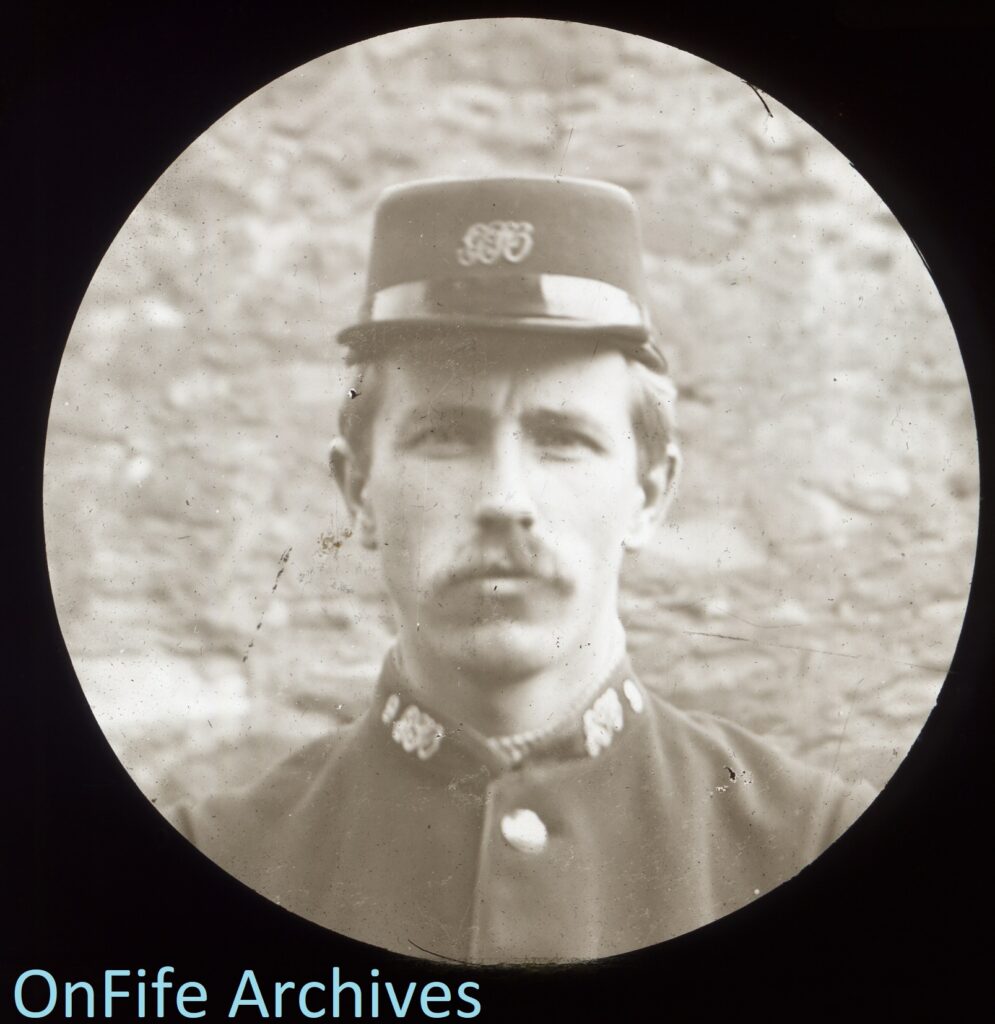
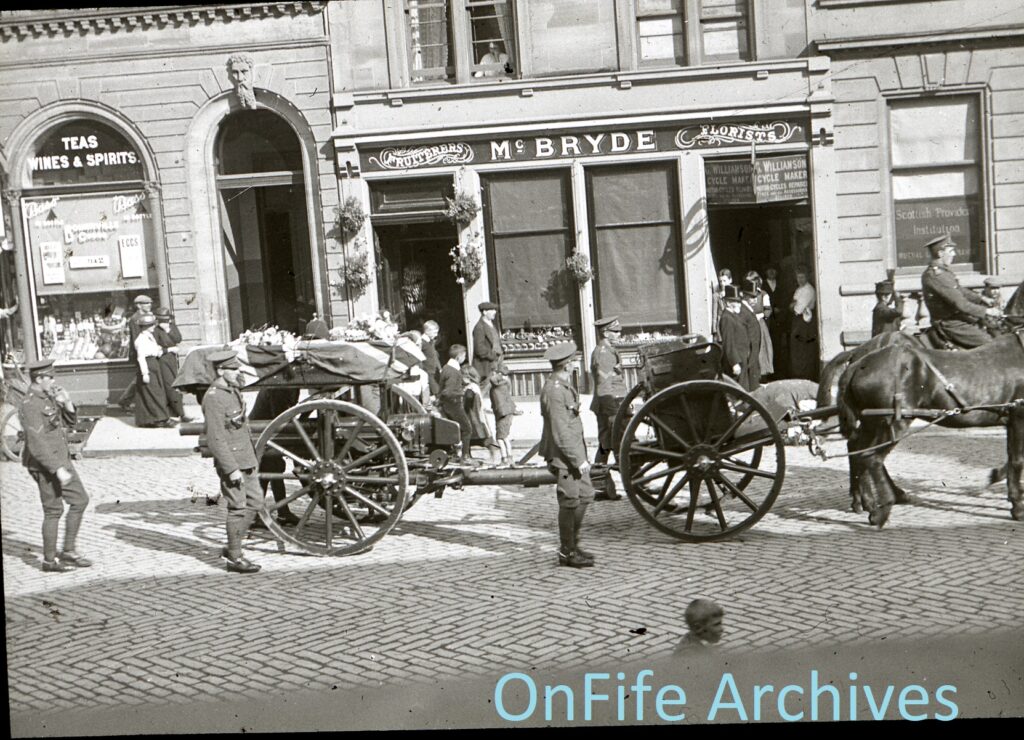
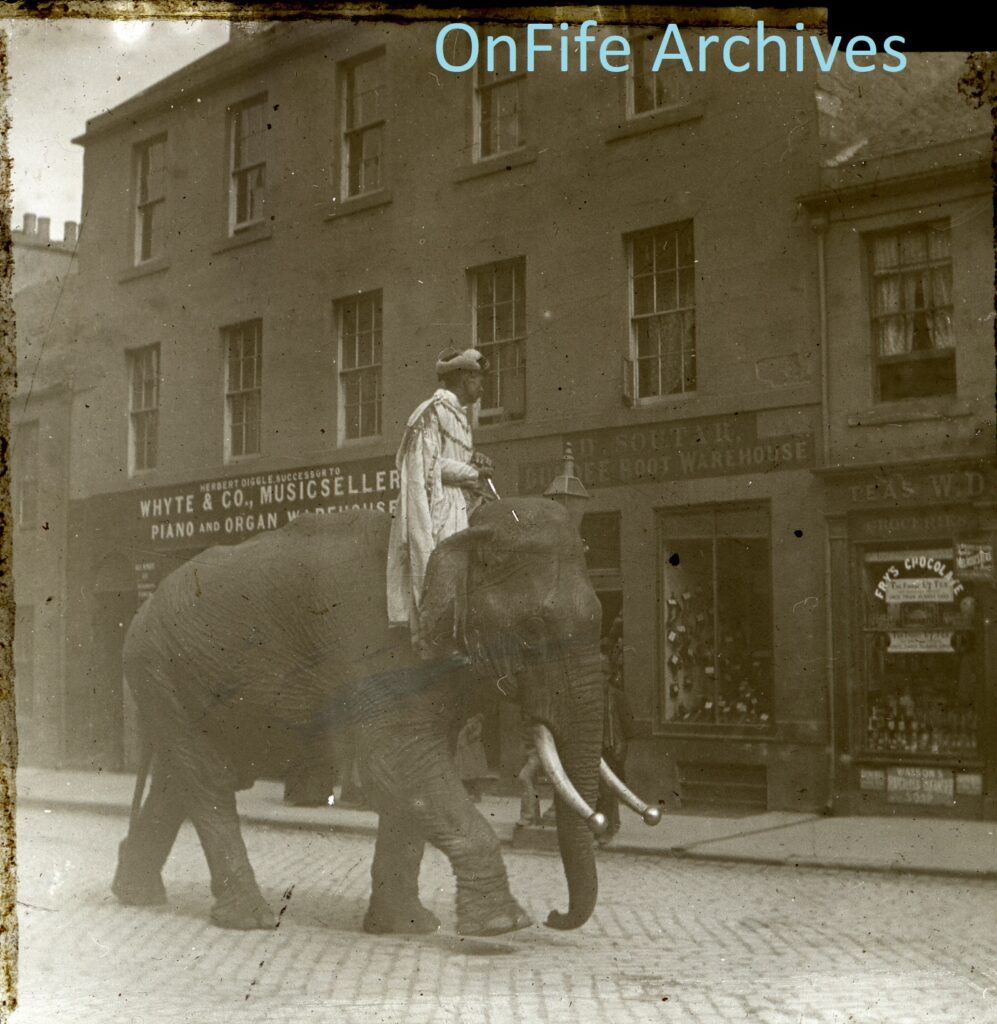
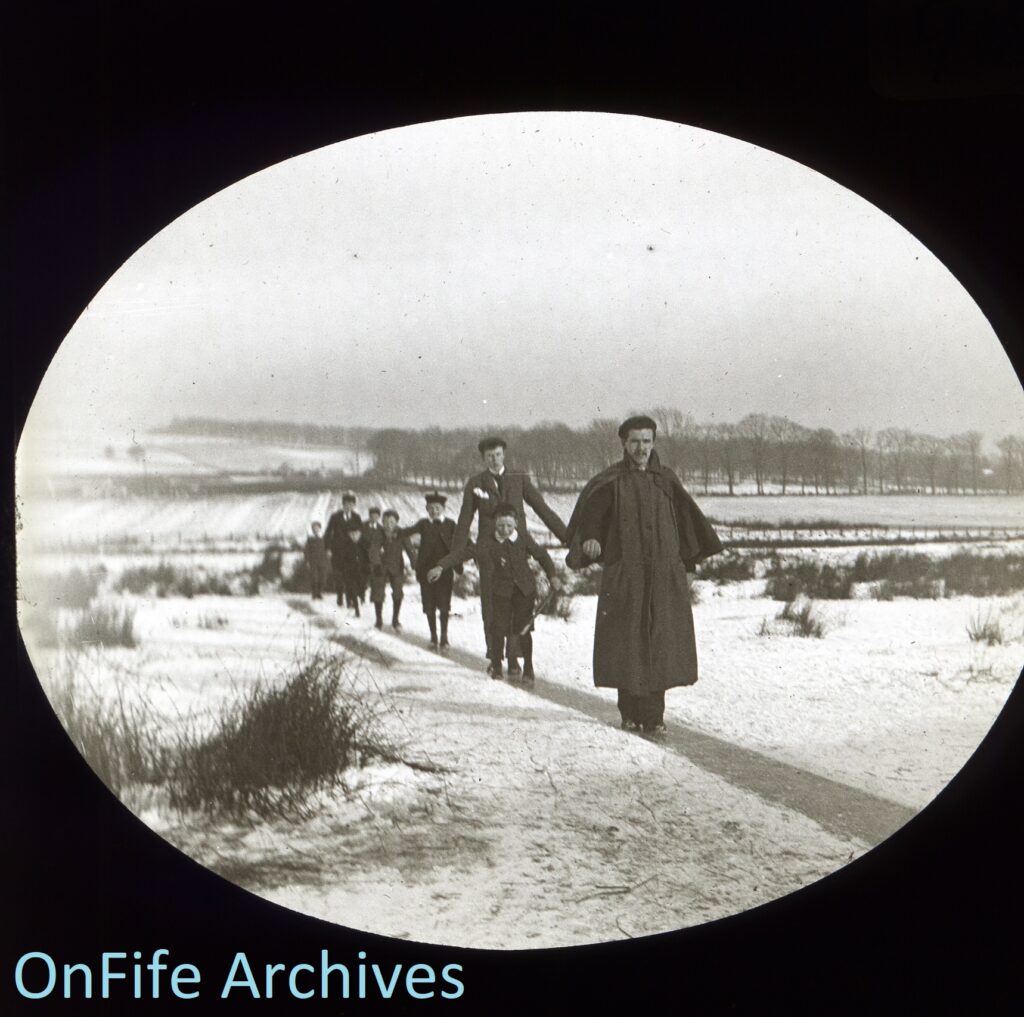
Ends
Notes to editors: OnFife is a registered charity and manages and operates theatres, libraries, museums and galleries and cultural partnerships on behalf of Fife Council for people living, working and visiting Fife. Further information can be found at www.onfife.com
Keep in touch and up to date with all things cultural in Fife and beyond at:
Twitter: @onfife @onfifelibraries @onfifemuseums
Facebook:
www.facebook.com/onfife/
www.facebook.com/onfifelibraries/
www.facebook.com/ONatDCLG/
www.facebook.com/kirkcaldygalleries/
www.facebook.com/onfifearchives/
Website: www.onfife.com
